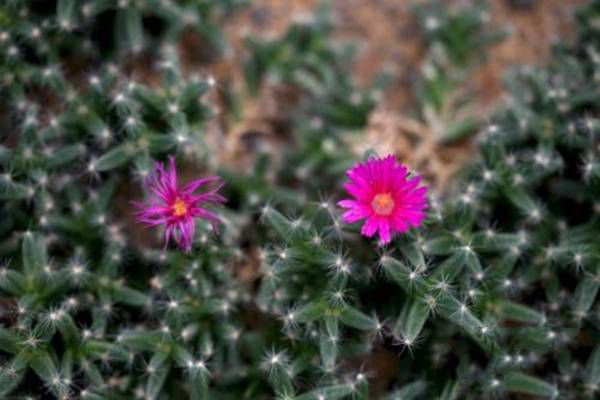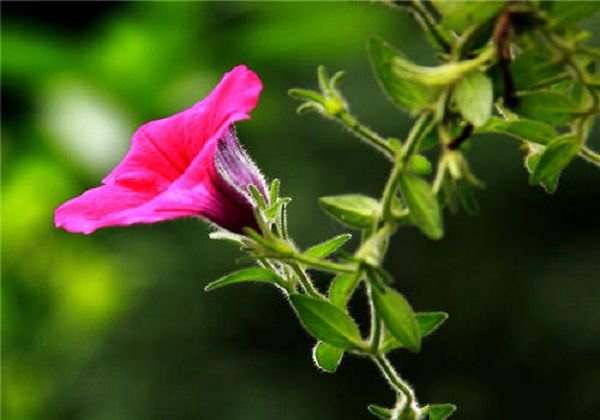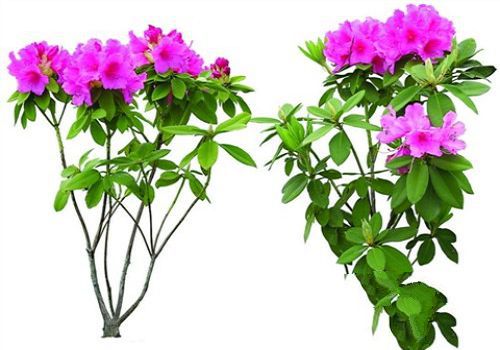The management of flower culture must pay attention to these points.

With the arrival of spring, many flowers have begun to grow rapidly, although the temperature is rising, but the temperature in spring is still changing, so flower friends should still do a good job in the maintenance and management of flowers in spring.
1. Be out of the room at the right time
The temperature in early spring is changeable, the wind is strong, and there is often a cold snap, so don't rush to let the flowers out of the room. Leaving the room too early can easily lead to the death of fallen leaves or branches and the whole plant.
2. Tips for watering
1. The temperature in early spring is not very high, the amount of evaporation is small, so we should water less, not too much water at once. If too much watering, it is easy to cause the basin soil to be moist for a long time, and there will be lack of oxygen in the soil, which will lead to rotten roots, yellow leaves, fallen flowers and fruits, and serious death of flowers.
two。 In late spring, the temperature is relatively high, the light is also very strong, and the evaporation is relatively large. In this period, watering should be diligent and the amount of water should also be increased. When the surface of the soil layer is dry, it is necessary to water in time until the water can flow out from the bottom of the basin. It is generally better to water in the morning in late spring.
3. Nutrition management
When the plant does not germinate in spring, it is only irrigated with clear water, and there is no need to apply fertilization. after the new buds grow, a dilute liquid fertilizer is applied, mainly nitrogen fertilizer. With the growth of the plant, fertilizer and water can gradually increase. Fertilization should be carried out in the evening on a sunny day. Loosen the soil before fertilization, and then apply fertilizer after the basin soil dries a little.
4. Turn the basin and change the soil
Regular updating of potted soil can reduce the probability of occurrence of diseases and insect pests. In addition to flowers that bloom in early spring, other kinds of flowers can turn pots and change soil in spring. Generally, pots should be turned to change soil once a year, and some need to be changed once a year. Remember to cut off the dead and withered roots, so as to promote the growth of new roots. When moving pots and changing soil, base fertilizer should be added to cultivate soil, and flowerpots are bigger than the original ones.
Related
- What if the leaves of potted flowers turn yellow?
- Florescence Control of several Flowers
- Anti-freezing technology and post-freezing nursing technology of flowers
- What is the classification of flowers? What are the common methods of flower classification?
- Prevention and control of alkali and acid damage of flowers in courtyard
- Technology of Anti-freezing and restoring growth of Flower seedlings in greenhouse and greenhouse
- How does flower fertilization not hurt the root? Fertilization technology of flowers
- Key points of disinfection in flower greenhouse
- Several pesticides that are banned or used cautiously in flowers
- How to fertilize the flowers that watch the leaves?



